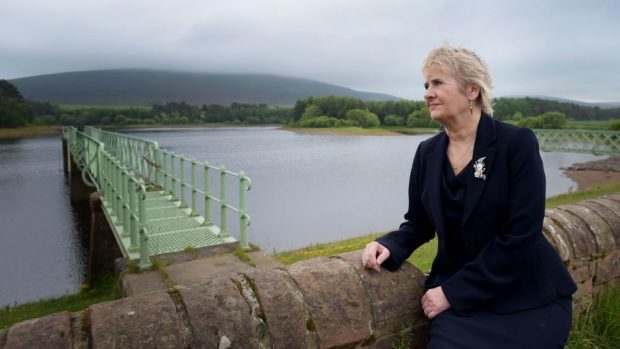Nearly a fifth of Scotland’s coastline is at risk of erosion within the next 30 years.
A new study has shown the rate of erosion has doubled, according to experts from the Scottish Government, Scottish Natural Heritage (SNH) and Glasgow University.
The academics have studied coastlines dating back to the 1890s and modelled how the coastline will look in 2050 to help plan for the future.
Glasgow University’s principal researcher Jim Hansom said erosion rates have grown by 39% and the deposits of sediments have shrunk 22%.
Prof Hansom said: “This is what we’d expect with climate change.
“That means we are seeing a net loss of our coastline.
“The clock is ticking and we need to start adapting to avoid unnecessary costs.”
The Dynamic Coast: Scotland’s National Coastal Change Assessment (NCCA) tool has used more than 2,000 maps and one million data points to show the potential change to Scotland’s coastline.
Speaking at the launch of the website, Environment Secretary Roseanna Cunningham said: “Since the 1970s the rates of coastal erosion has doubled, and that pace will not slow down anytime soon.
“In fact, it will probably get worse and faster.
“The Dynamic Coast tool is a great new innovation that could help protect existing infrastructure and heritage sites from significant environmental change and damage.”
SNH scientific advisory committee chairman Robert Furness said natural features such as beaches and sand dunes would protect property worth £13billion and engineered defences were protecting another £5billion but the remaining £400million must also be protected.
Prof Furness added: “Our research shows there is a lot of work to be done to protect Scotland’s coastal infrastructure.
“Nature itself protects many massively valuable assets.
“However, we must also be aware that £400m-worth of property, roads and infrastructure lies along coastlines that could be affected by erosion by 2050.
“Our mission now is to ensure we do all we can to protect these areas.”










